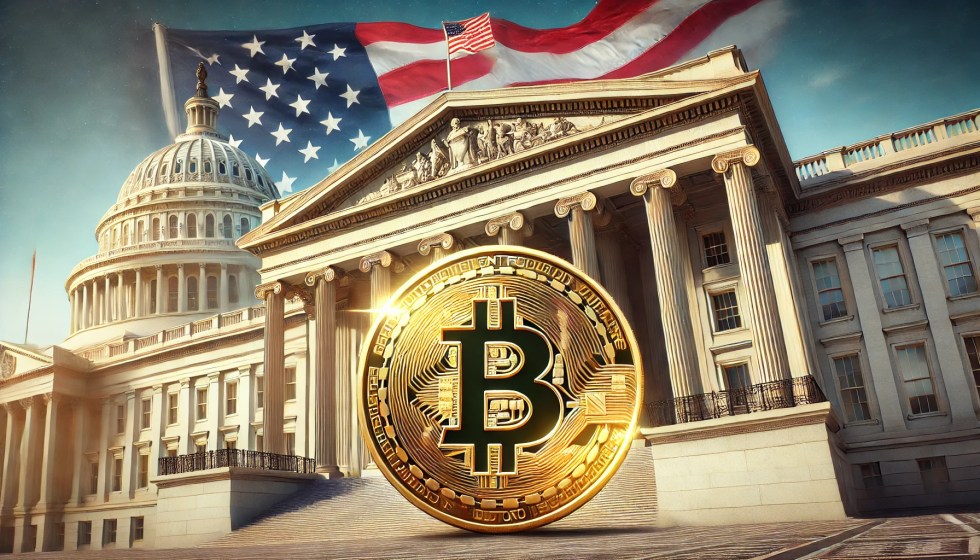The recent remarks by leading US presidential candidate Donald Trump regarding Bitcoin’s potential role as a strategic reserve asset for the United States have ignited substantial discussions among policymakers, legal experts, and financial analysts. While Forbes reported on the potential move, it is David Bailey, CEO of Bitcoin Magazine and advisor to the Trump campaign, who is at the forefront of advocating for a comprehensive Bitcoin (BTC) framework under Trump’s potential administration.
As an advisor to Trump, Bailey has explored the theoretical impacts of the US adopting Bitcoin as a strategic reserve asset in June, as reported by Bitcoinist. In his vision, Donald Trump could secure a significant BTC reserve for the US Treasury by taking the 210,000 BTC already held by the USA and timelock those coins for 100 years.
How Trump Could Turn Bitcoin Into A Reserve Asset
Expanding on the potential mechanisms to implement this strategy, Matthew Pines, Director at Sentinel One and a National Security Fellow at the Bitcoin Policy Institute, shared his thoughts on X today. Pines outlined two main legal frameworks under which Trump could potentially execute this unprecedented move.
#1 Utilizing the Exchange Stabilization Fund (ESF): The ESF, established under the Gold Reserve Act of 1934, authorizes the Secretary of the Treasury to “deal in gold and foreign exchange, and such other instruments of credit or security as he may deem necessary to carry out the purpose of this section.”
Pines proposes that an executive order could be drafted to include Bitcoin as a form of “foreign exchange” or a “security.” This would enable the Treasury Secretary to purchase Bitcoin directly, leveraging the fund’s broad mandate to stabilize the exchange value of the dollar. The designation of Bitcoin as a foreign exchange could be justified by its adoption as a legal currency by countries like El Salvador and its widespread use in international transactions.
#2 Pressuring the Federal Reserve to use its emergency powers under Section 13(3): The Federal Reserve Act’s Section 13(3) allows the Fed to address “unusual and exigent circumstances” by creating lending facilities. Pines suggests that Trump could instruct the Fed to set up a Special Purpose Vehicle (SPV) for the purpose of purchasing Bitcoin on the open market.
This approach mirrors tactics used during the COVID-19 pandemic when the Fed purchased corporate bonds that had fallen in rating. However, Pines acknowledges that this would stretch the Fed’s legal authority and could potentially provoke legal challenges.
Steven Kelly, Associate Director of Research at the Yale Program on Financial Stability, responded to Pines and questioned the feasibility of the Fed’s involvement under Section 13(3). “The 13(3) route is basically impossible. In addition to the human obstacles currently manning the Fed, the “unusual and exigent circumstances” requirement will be particularly binding.” Kelly emphasized and added, “ESF route more doable, particularly if framed simply reallocating the reserves to include BTC.”
David Beckworth, Senior Research Fellow at Mercatus Center, queried whether government pension funds could be encouraged to invest in Bitcoin. Pines addressed this by referencing the Federal Employees’ Retirement System Act of 1986 (FERSA), which outlines the fiduciary duties limiting the types of investments allowed.
However, he noted, “The Board shall prescribe regulations under which sums in the Thrift Savings Fund are allocated to various funds, among other funds, as determined by regulations prescribed by the Board,” leaving a slim possibility for regulatory adjustments.
At press time, BTC traded at $65,032.
